Have you ever walked into a building and felt instantly relaxed or energized? That’s the work of biophilic design. By bringing elements of nature indoors, this design strategy transforms spaces into healthier and more enjoyable places to live and work.
What is biophilic design?
Biophilic design is a concept in architecture and interior design that integrates natural elements into built environments. It’s all about connecting people with nature through using natural elements in construction, like plants, natural light, and organic materials. It also includes using patterns and forms found in nature and designing with sustainability in mind. By embracing these biophilic principles, designers aim to create environments supporting human health and the planet.
How to incorporate biophilic design into the built environment
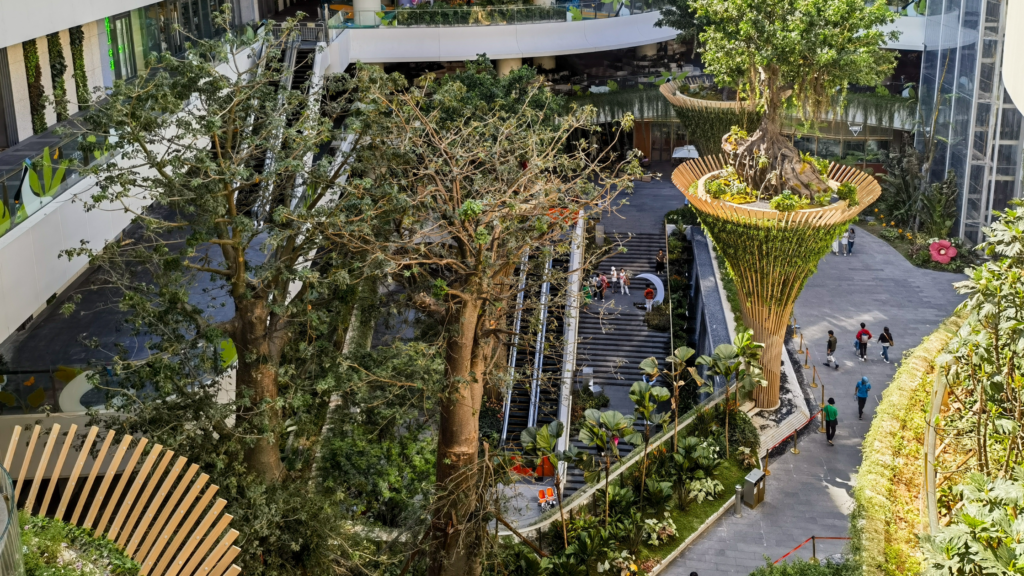
Natural elements: Use of plants, water features, and natural materials
Integrating natural elements in construction is a foundational aspect of biophilic design. This includes adding indoor plants, creating living walls, utilizing green roofs, or installing water features like fountains and ponds. Using natural materials such as wood, stone, and bamboo can bring the textures and warmth of nature indoors. These elements enhance aesthetic appeal, improve air quality, and create a calming atmosphere.
Spatial design: Maximizing natural light, airflow, and open spaces
Another feature of biophilic principles is designing spaces to maximize natural light and airflow. Large windows, skylights, and open floor plans allow sunlight to flood interior spaces, reducing the need for artificial lighting. Incorporating automated windows and vents promotes natural ventilation, contributing to better indoor air quality. This approach aligns with sustainable architecture by improving energy efficiency and reducing reliance on mechanical systems.
Sensory experiences: Engaging touch, sound, and sight through nature
Textured surfaces like stone walls or wooden furniture provide tactile experiences. The gentle sound of flowing water from indoor fountains or the rustling of leaves from indoor plants can create a soothing auditory environment. Visual elements like natural colors and patterns found in nature also add to a more immersive and comforting space.
Technological integration: Using tech to simulate natural environments
Technology can bridge the gap when incorporating real natural elements is challenging. Virtual reality scenes of natural landscapes, dynamic lighting systems that mimic the circadian rhythm, and soundscapes featuring nature sounds can simulate outdoor environments. This integration is part of human-centered design, focusing on enhancing well-being even in urban or enclosed settings.
Benefits of using biophilic design
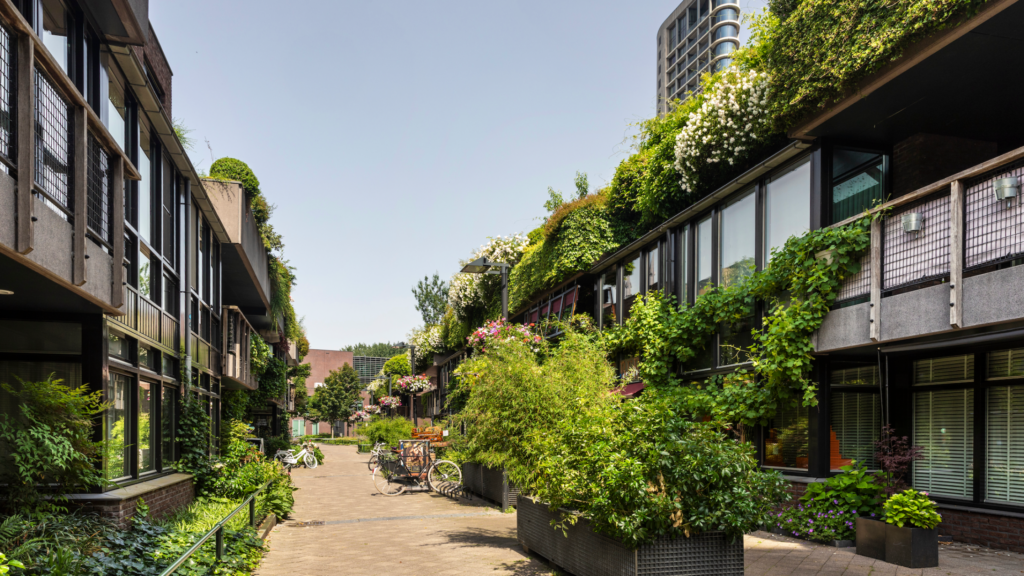
1. Health and well-being
Biophilic design connects people with nature, enhancing their physical and mental health. Bringing natural elements like plants, increased sunlight, and better ventilation into indoor spaces reduces stress and anxiety. This is especially true in bustling urban areas. Incorporating nature indoors in urban environments creates a calming effect that helps people relax amid crowded and hectic settings.
2. Reduced stress in high-traffic areas
Biophilic principles can lower stress levels in busy places like airports and shopping centers. For example, the redevelopment of Portland International Airport’s terminal will feature designs that mimic sunlight filtering through a forest, with living trees and native plants throughout. This creates a soothing atmosphere for travelers, providing a respite from the stresses of transit.
3. Improved employee well-being in workplaces
Workspaces that embrace natural elements in construction can boost employee well-being and satisfaction. Incorporating natural light, plants, and ergonomic designs makes offices more inviting. This enhances creativity and job satisfaction and helps attract and retain employees who appreciate a more nurturing environment. A report by Human Spaces found that biophilic design in the workplace can improve productivity by 6% and creativity and well-being by up to 15%.
4. Enhanced healing in healthcare settings
In hospitals, biophilic design contributes to better patient outcomes by creating healing environments. Introducing elements like natural light and indoor gardens, as well as using natural materials, can speed up recovery times. Patients feel more relaxed and comfortable when connected to nature during their healing process. A 2024 study found that biophilic design in healthcare settings reduces hospitalization time, patient mortality, pain levels, and stress for healthcare providers. It also alleviates anxiety, improves experiences for patients, families, and staff, reduces patient harm, and supports faster recovery.
5. Enhanced learning in educational environments
Schools that implement biophilic design can improve student learning and behavior. Increasing natural light, adding plants, and using natural materials make classrooms more engaging and calming. This approach can lead to better concentration, reduced conflicts, more creativity, and a more positive learning experience for students.
6. Environmental and sustainability benefits
Using green building practices in biophilic design supports environmental sustainability. Features like increased natural lighting and improved ventilation reduce energy consumption, aligning with sustainable architecture. Employing materials like mass timber also helps reduce carbon emissions and promotes biodiversity, benefiting both people and the planet.
Case studies and examples
Commercial spaces
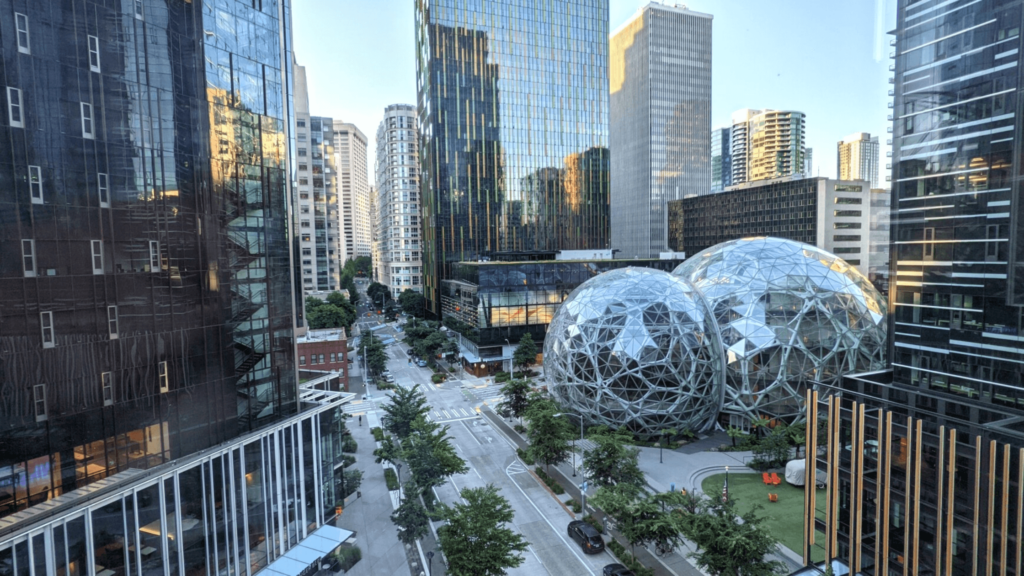
The Amazon Spheres in Seattle are a prime example of biophilic design in the workplace. These three glass domes serve as a workspace and feature over 40,000 plants from around the world. Employees can work in meeting spaces surrounded by greenery, which enhances creativity and reduces stress. Natural light floods the interiors, minimizing the need for artificial lighting and connecting workers with the outside environment.
Residential buildings
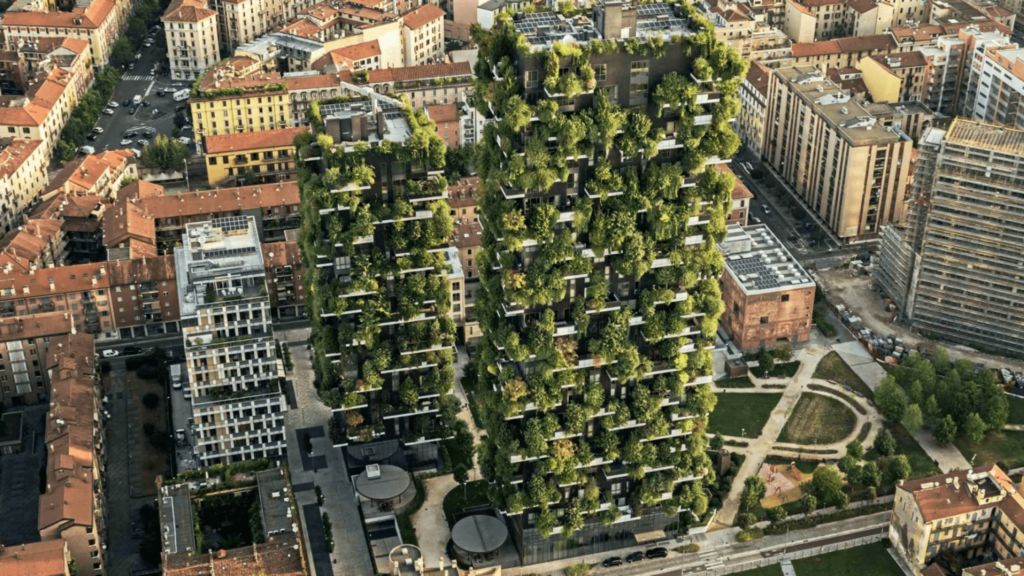
The Bosco Verticale in Milan, Italy, showcases how biophilic principles can transform residential living. These two residential towers have balconies adorned with more than 900 trees and over 20,000 plants. This vertical forest not only provides residents with stunning views but also improves air quality and offers insulation, contributing to sustainable architecture.
Public buildings
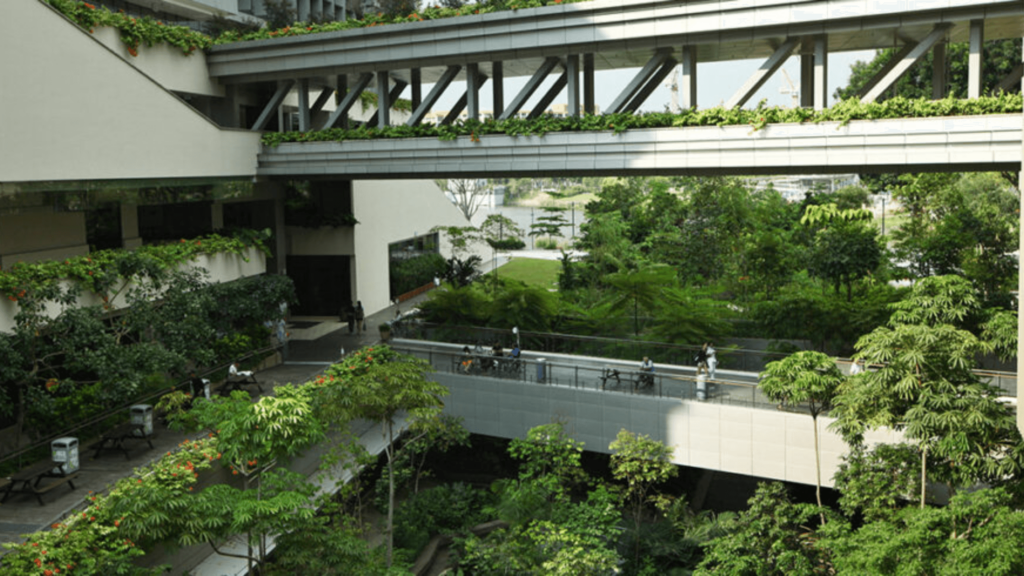
The Khoo Teck Puat Hospital in Singapore incorporates natural elements in construction to create a healing environment. The hospital features lush gardens, ponds, and green roofs accessible to patients and staff. Natural ventilation and ample sunlight reduce energy consumption, aligning with green building practices. This design has been shown to improve patient recovery times and staff well-being.
Challenges in biophilic design
While biophilic design brings many benefits, integrating nature into built environments isn’t without its challenges. Designers face obstacles that require careful planning and creative solutions. Recognizing these challenges is essential to successfully implementing biophilic principles in any project.
- Cost considerations: Initial expenses can be high due to specialized materials and installations, although long-term savings may balance them out.
- Maintenance requirements: Natural elements like plants and water features need regular care to remain healthy and effective.
- Design limitations: Urban settings and limited space can restrict the use of natural features, making integration challenging.
- Regulatory hurdles: Building codes and regulations may not always support including certain natural elements.
- Climate suitability: Not all natural elements are suitable for every climate, which can limit design options.
- Allergies and health concerns: Introducing plants and natural materials may pose allergy risks for some occupants.
Bottom line
Biophilic design is reshaping the way we interact with our built environments. Bringing nature indoors enhances our health, boosts productivity, and contributes to environmental sustainability. Despite some challenges like cost and maintenance, the long-term benefits of biophilic design make it a smart investment for the future.
If you’re excited to learn more about how biophilic design can transform your space, subscribe to our newsletter. We’ll keep you updated with the latest insights on how sustainable architecture and design are transforming construction.
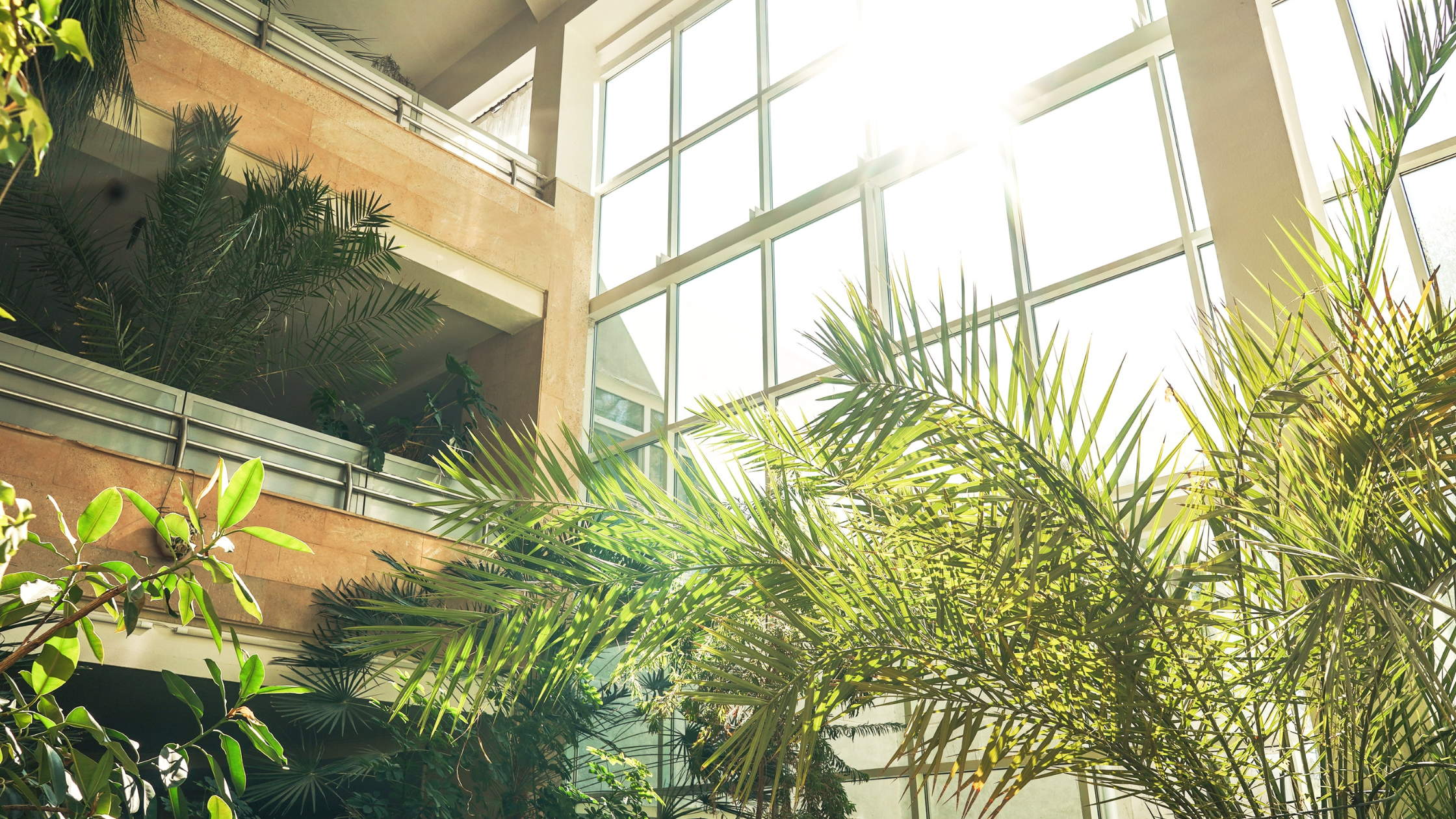


2 comments